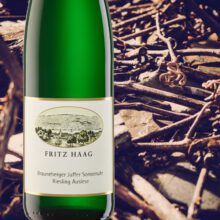
Product information
Fritz Haag Riesling Braunberger-Juffer Sonnenuhr Auslese Gold Cap 375ml 2020
$106
Description
Very fine floral-honey, dried-fig and sultana character from botrytis. Concentrated and creamy with extravagant dried-fruit flavors and a very long, vivid and intense finish. Very limited production.
Stuart Piggot, Suckling
Out of stock




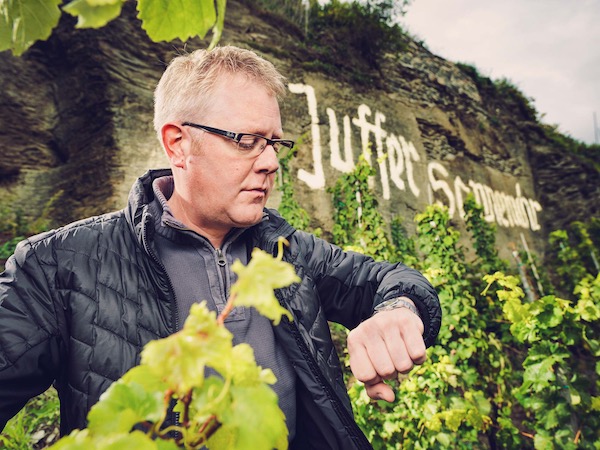
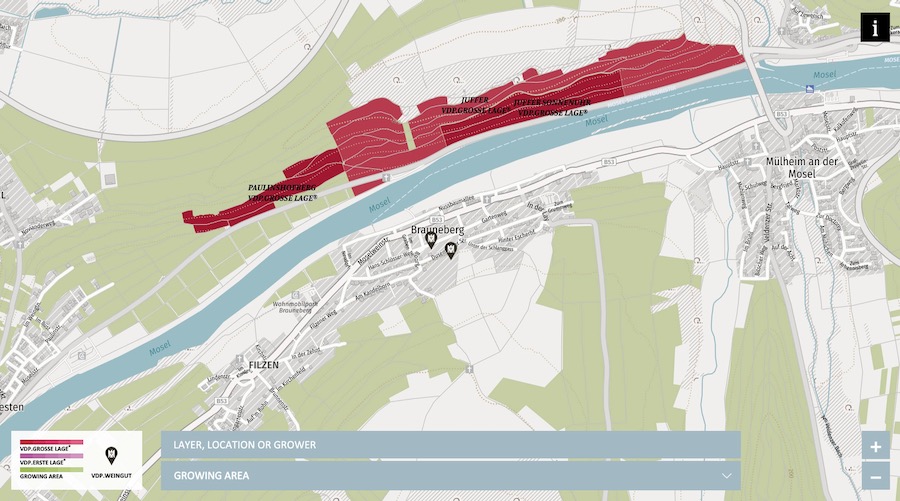
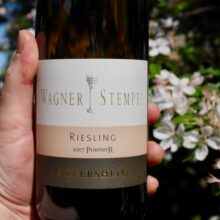
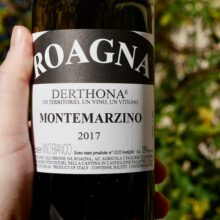
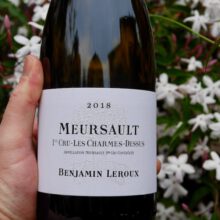
You must be logged in to post a comment.